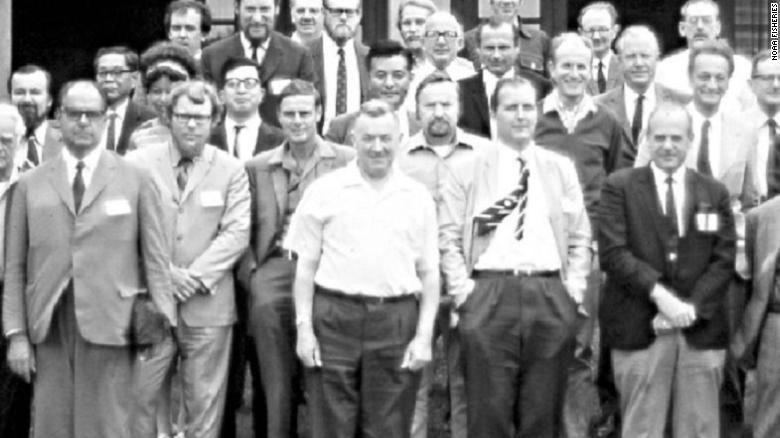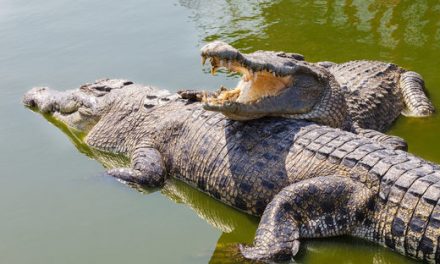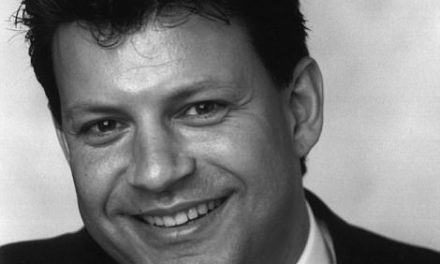At the beginning of March, Candace Jean Andersen, an illustrator, was doing some research for a children’s book on orcas. While looking through articles about her topic she found a photo of a group of scientists at the 1971 International Conference on the Biology of Whales in Virginia. And there, “amid the sea of male faces — 37 of them — was a lone woman, her face partially obscured.”1 The article named each one of the men but the woman, an African-American was listed as “not identified.”
Curious.
Hey Twitter I’m on a mission:
The woman in this photo was an attendee at a 1971 International Conference on Biology of Whales.
She is the only woman, & the only one captioned “not identified” in the article I found the photo in. All the men are named.
Can you help me know her? pic.twitter.com/MifZvdRXRr
— Candace Jean Andersen (@mycandacejean) March 9, 2018
But she wasn’t worried, saying, “I do consider myself hidden because what’s important is the outcome. It’s no big thing not being named. When you know inside yourself, who you are and what you are, does it matter?”













